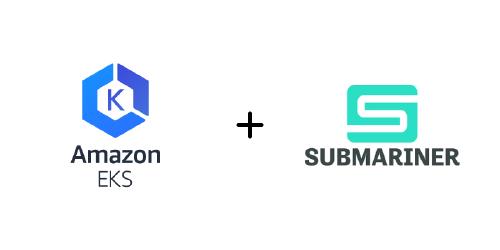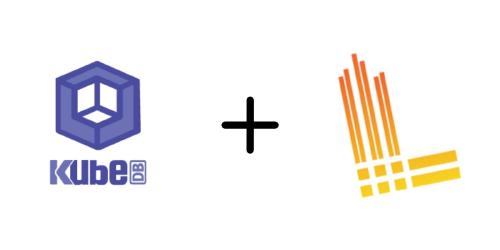KubeDB
Run Production-Grade Databases on Kubernetes
arrow_forwardKubeStash
Backup and Recovery Solution for Kubernetes
arrow_forwardStash
Backup and Recovery Solution for Kubernetes
arrow_forwardKubeVault
Run Production-Grade Vault on Kubernetes
arrow_forwardVoyager
Secure Ingress Controller for Kubernetes
arrow_forwardConfigSyncer
Kubernetes Configuration Syncer
arrow_forwardKubeDB simplifies Provisioning, Upgrading, Scaling, Volume Expansion, Monitor, Backup, Restore for various Databases in Kubernetes on any Public & Private Cloud
- task_altLower administrative burden
- task_altNative Kubernetes Support
- task_altPerformance
- task_altAvailability and durability
- task_altManageability
- task_altCost-effectiveness
- task_altSecurity

A complete Kubernetes native disaster recovery solution for backup and restore your volumes and databases in Kubernetes on any public and private clouds.
- task_altDeclarative API
- task_altBackup Kubernetes Volumes
- task_altBackup Database
- task_altMultiple Storage Support
- task_altDeduplication
- task_altData Encryption
- task_altVolume Snapshot
- task_altPolicy Based Backup

A complete Kubernetes native disaster recovery solution for backup and restore your volumes and databases in Kubernetes on any public and private clouds.
- task_altDeclarative API
- task_altBackup Kubernetes Volumes
- task_altBackup Database
- task_altMultiple Storage Support
- task_altDeduplication
- task_altData Encryption
- task_altVolume Snapshot
- task_altPolicy Based Backup

KubeVault is a Git-Ops ready, production-grade solution for deploying and configuring Hashicorp's Vault on Kubernetes.
- task_altVault Kubernetes Deployment
- task_altAuto Initialization & Unsealing
- task_altVault Backup & Restore
- task_altConsume KubeVault Secrets with CSI
- task_altManage DB Users Privileges
- task_altStorage Backend
- task_altAuthentication Method
- task_altDatabase Secret Engine

Secure Ingress Controller for Kubernetes
- task_altHTTP & TCP
- task_altSSL
- task_altPlatform support
- task_altHAProxy
- task_altPrometheus
- task_altLet's Encrypt

Kubernetes Configuration Syncer
- task_altConfiguration Syncer
RECENT NEWS/BLOG
6 FebConnect AWS EKS Clusters with Submariner
byPulak Kanti BhowmickSubmariner Submariner is a CNCF sandbox project which can enable direct networking between Pods and Services in different Kubernetes clusters, either on-premises or in the cloud. In this blog post, I am going to show how can you connect two AWS EKS Kubernetes clusters with default vpc cni using Submariner. Installation & Verify At first, we have to create two Kubernetes clusters. To do so, we’ll use eksctl . submariner-1.yaml:
1 DecSee More arrow_forwardFilter Panopticon Metrics by Namespaces
byPulak Kanti BhowmickMonitoring is an essential part of applications deployed in Kubernetes. We have a tool called Panopticon to collect metrics from Kubernetes native and custom resources. In this blog post, we’ll briefly describe how you can configure Panopticon or Prometheus Service Monitor to filter Panopticon metrics by namespaces. Here is the outline of this post: Panopticon Install Panopticon in Kubernetes Filter metrics using Panopticon Filter metrics using Prometheus Service Monitor Panopticon Panopticon is a generic state metrics exporter for Kubernetes resources.
- Webinar New









